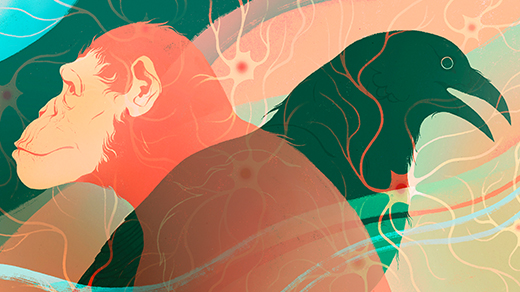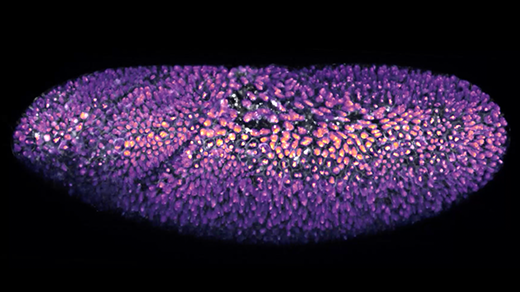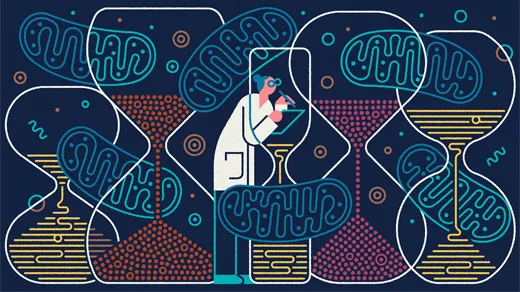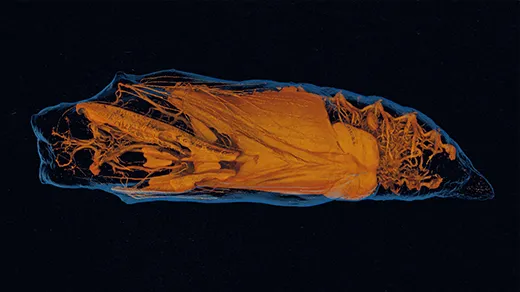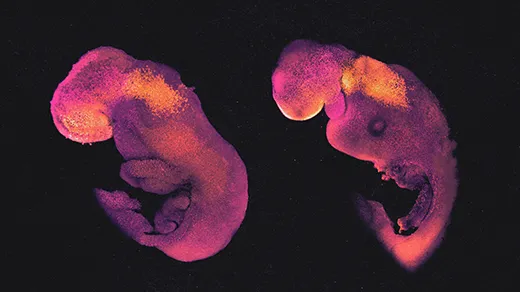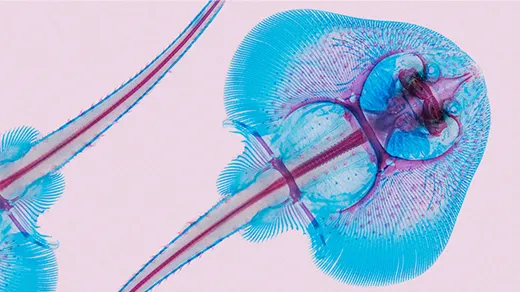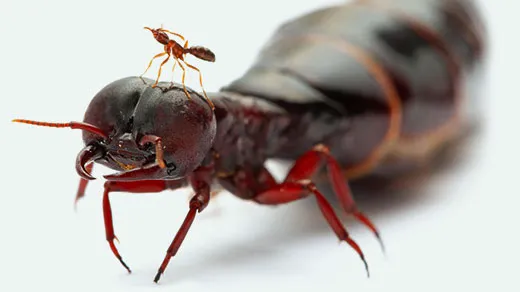What's up in
Developmental biology
Latest Articles
Intelligence Evolved at Least Twice in Vertebrate Animals
Complex neural pathways likely arose independently in birds and mammals, suggesting that vertebrates evolved intelligence multiple times.
How Metabolism Can Shape Cells’ Destinies
A growing body of work suggests that cell metabolism — the chemical reactions that provide energy and building materials — plays a vital, overlooked role in the first steps of life.
A Multitalented Scientist Seeks the Origins of Multicellularity
The pathbreaking geneticist Cassandra Extavour pursues the secrets of multicellular life while balancing careers in both science and singing.
What Makes Life Tick? Mitochondria May Keep Time for Cells
Every species develops at its own unique tempo, leaving scientists to wonder what governs their timing. A suite of new findings suggests that cells use basic metabolic processes as clocks.
Why Insect Memories May Not Survive Metamorphosis
The reshuffling of neurons during fruit fly metamorphosis suggests that larval memories don’t persist in adults.
‘Embryo Models’ Challenge Legal, Ethical and Biological Concepts
With embryolike constructs built entirely from stem cells, researchers can revolutionize our understanding of development. But how close to an embryo is too close?
How 3D Changes in the Genome Turned Sharks Into Skates
Changes in the 3D structure of their genome gave skates and rays their distinctive winglike fins and pancake flatness.
Dinosaur Bone Study Reveals That Not All Giants Grew Alike
A survey of prehistoric bones reveals that T. rex and some of its cousins had more than one way to reach enormous sizes. Evolution may have preserved that variation in modern animals too.
Ants Live 10 Times Longer by Altering Their Insulin Responses
Queen ants live far longer than genetically identical workers. Researchers are learning what their longevity secrets could mean for aging in other species.
